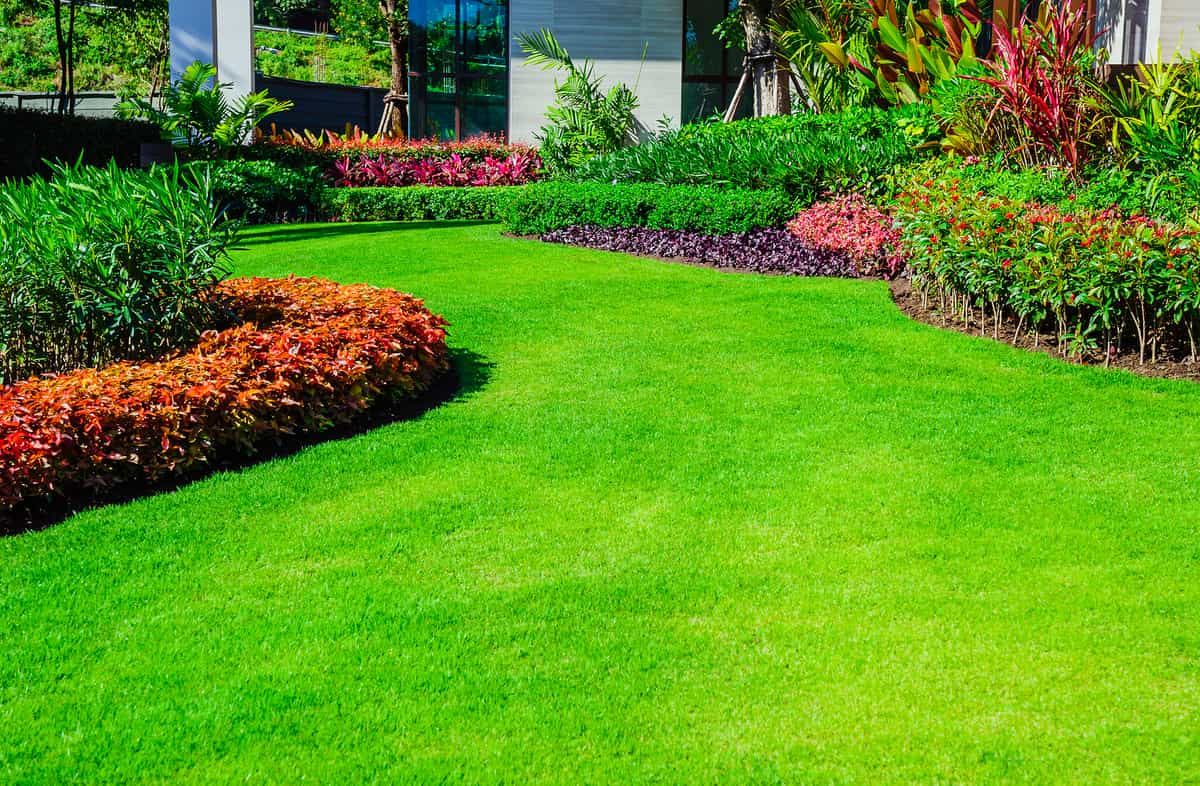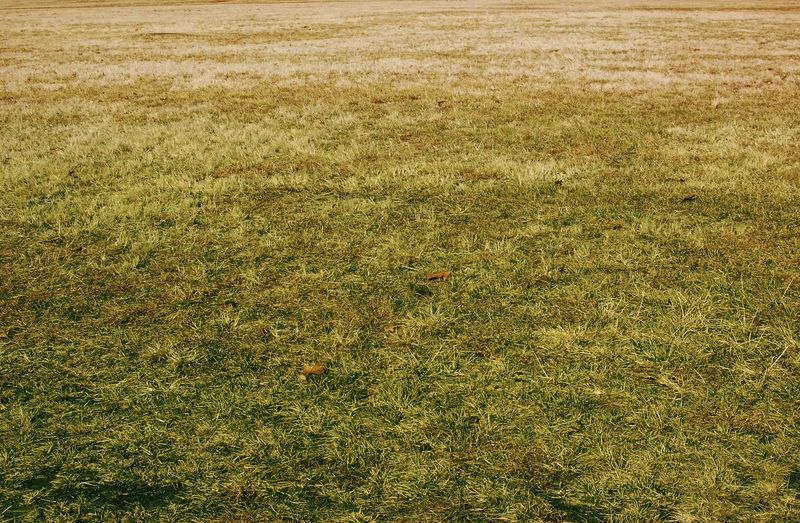The Bahian Grass, is the decorative piece of any garden par excellence. Its greenery makes a true contrast with the rest of the plants, providing aesthetics, elegance and freshness to outdoor environments. Discover in this article everything you need to make your garden look like a dream.

bahian grass
The Bahian Grass, also known as Brazilian or Brazilian grass, is a common species in all gardens thanks to its great resistance. This makes it the ideal piece to cover floors, since its presence brings beauty, freshness and great appeal to free environments.
Taxonomy
It belongs to the plant kingdom, to the Magnoliophyta division, to the Liliopsida class and to the Commelinidae subclass. Its order is Poale, family Poaceae, of the tribe Paniceae, of the genus Axonopus, of the species Axonopus compressus.
Features
The Bahian Grass, is known by the scientific name of Axonopus affinis, belongs to the species of phanerogam, that is, it has root, stem and leaves, family of herbaceous, high resistance, which forms a kind of decorative carpet . Its plantation manages to hinder the growth and development of other unwanted herbs. Its coarse-textured leaves with a bright light green color. It grows quickly horizontally with adventitious roots, presenting long and short internodes.
Traits
This species of grass is native to Peru, today it can be found in various parts of the world such as the United States, Argentina and part of the Caribbean. It requires a very humid soil, for an excellent development it needs an ambient temperature between 19°C and 27ºC, even though it is not tolerant to cold, it can resist occasional frosts. Its roots help fix natural nitrogen to the substrate.
Farming
To plant the Bahian Grass, a sandy or heavy substrate is required, which has a pH between 4.5 and 7, when these levels are exceeded, it usually loses its peculiar color and begins to suffer from chlorosis. As for irrigation, this lawn requires plenty of water to reach a depth of approximately 2 cm, which is necessary for it to grow and develop fully, for this reason on the hottest days irrigation should be increased, as it is not drought tolerant. It easily adapts to very sunny or semi-shaded environments.
Bahian Grass Care
This species, despite its great resistance, needs certain care to achieve a good development. That is why it is suggested in the first place to pay it every six months, having control over the amount of nitrogen that is provided, in addition to taking care of iron levels. Urea humus can also be applied to it, this greatly helps to prevent fungal infection. To carry out transplants, it is recommended to do them in the fall, because during these days the plant will remain strong and resplendent.
This plant is highly tolerant to pruning, because to look its best, it is necessary to do it regularly, in addition to stimulating its growth. During spring, which is when its growth is most accelerated, it can be done once a week using the appropriate tools so that the cut is uniform and there is no disparity in the branches. This species of grass multiplies through seeds or stolons, that is, lateral shoots that are born at the base of the stems. Placing a healthy part of this plant will be enough for it to spread throughout the land.
Plagues and diseases
The Bahiana Grass is prone to being invaded by certain pests and attacked by diseases related above all to humidity. Anthracnose is a fungal disease that affects this lawn during the summer, thanks to high temperatures and humidity. The grass adopts a color between brown and orange and the mycelium of the fungus can be observed in black, causing it to lose its density, color and shine, added to this, another cause may be excessive walking and little fertilizer.
Another condition is the so-called dollar spot, which is characterized by the appearance of small brown spots between 2 and 12 cm in diameter, completely drying out the foliage. Some whitish spots appear thanks to the ambient humidity but low soil humidity. Among the most common pests in this type of lawn, is the Tipula, which are a kind of mosquito larvae that feed on the roots and the neck of the plants, during the nights and on the leaves and stems during the day. This causes the plant to die in a few days as it loses its root system. To combat it quickly, the use of an insecticide for the soil is suggested, which causes the larvae to rise to the surface and die.
Uses of the Bahian Grass
The main use of the Bahian Grass is ornamental, turning it into grass for parks, gardens, walkways, among others. It adapts very well to any surface, forming a kind of mat that is pleasant to the touch and resistant to the passage of people and animals. The seeds of this species are used for slimming treatments, thanks to its high potassium content, which makes it an excellent diuretic and purifying agent. Hypoglycemic, antihypertensive, anti-inflammatory, hepatoprotective properties are also attributed to this plant, and they facilitate the expulsion of bile retained in the gallbladder.
It is also coined benefits such as neutralizing urinary tract infection, reducing edema, preventing the formation of kidney stones, helping to recover intestinal flora, improving symptoms of fatigue, cramps and muscle pain, promoting the elimination of uric acid , relieves migraine. It is used to treat empachos and treat food poisoning. For all these conditions it is ingested as an infusion if possible cold.
Learn how to plant the Bahian Grass, watching this video:
If you want to learn much more about plants, follow these links:

